Want to contribute to this article?
Last year a QHSE manager contacted Qualsys, desperate to move away from an inherited software tool.
"Our group currently has a management system that no-one is satisfied with. We've spent a lot of money having the system upgraded and it's still unsatisfactory."
But the leadership team simply couldn't stomach throwing the £400,000 they had already invested in this system in the bin.
So they continued to throw even more money at the system to try and fix a poor fit.
The point?
Organisations always seek a return on enterprise software investments. But all too often we hear stories about companies spending hundreds of thousands of pounds on systems which are a bad fit, or simply don't work.
It blocks improvement and gives the department a bad name.
We don't want this to happen to our readers. We want you to get recognised for all your hard work, get buy-in for improvement initiatives, and get promoted.
So it's important to understand what the pitfalls of market-scoping are, and how you can avoid them when investing in EHS management software.
The Qualsys team have shared the 8 mistakes to avoid.

Mistake #1: Surrendering to the HiPPO
When a HiPPO (Highest Paid Person’s Opinion) comes into play, your business is most likely not relying solely on evidence-driven decision-making.
HiPPOs usually have the most experience or power in the room. When their voice is heard and they haven't done any research themselves, all too often it will throw out the months of hard work you've spent rationally scoping the market and evaluating software providers.
Avoid the 'HiPPO effect' by building your data arsenal to cover the most important things the highest paid person will be concerned with or judged on. Usually that’s the bottom line and the key metrics associated with it, such as cost of poor quality (COPQ) and return on investment (ROI).
Access our 4-year business case ROI calculator
Mistake #2: Starting with vendors, not requirements
How would you start looking for EHS software?
A quick Google search will reveal the websites of vendors in that space - but then what?
Getting bogged down in discussions with a string of competing vendors takes time and adds layers of different considerations which can drag a procurement project into an 'analysis paralysis' lasting years.
So build a list of 8-10 core system requirements to keep razor-focused on throughout.
Those requirements might include:
- Document version, standard operating procedure and process management
- Risk identification, assessment (RAG status), and treatment visibility
- Training records control
- Auditing and inspection tool
- Equipment and asset maintenance and calibration register
- Incident and accident management
- Supplier and contractor relationship management
- Change control, CAPA management and NCR reports
Most businesses also now need:
- Configurable reporting tools (and most businesses now demand business intelligence dashboards)
- Audit trails and electronic signatures
- API plug-ins
- Mobile applications
- Workflows and notifications
Be ruthless with vendors who can't meet your requirements. And use your requirements to guide your conversations with vendors, not the other way around.
After all, the project is about you and your business.

Mistake #3: Picking the bleeding edge
People like new. A new product is shiny, exciting and immediately conjures images of better, faster working than older products.
But there's a fine line between cutting edge and bleeding edge.
If you're choosing a system to automate and digitise your environmental, health and safety management system, there's no two ways about it - it has to work.
New software hitting the market has no guarantee of working. It may not have been fully tested or be suitable for live operation. There won't be existing customers to talk to for references. It may prove unstable and, if it doesn't take off long-term, could leave you stuck with an unsupported white elephant.
So it's important to look for established, rooted vendors with experience, case studies and existing customer reviews.
Mistake #4: Neglecting your integration strategy
The most effective software doesn't sit in a silo by itself.
It works in tandem with your existing assets, tools and data sets for an integrated approach.
A software procurement project is your opportunity to bake this integration into your EHS management system, so don't waste it!
Consider opportunities like:
- API integration with other software, such as your CRM or ERP system
- Applying mobile EHS management apps on your company smartphones and tablets
- Getting creative with how you drive engagement, with simple integrated tools like Kiosk.
On top of all this, look for a licencing structure that allows you to integrate your new software with as many sites and departments as possible. The more constricted your EHS project focus is, the less dramatic any changes will be.
The more embedded, natural and supported you can make your EHS management system, the stronger it will become.
Mistake #5: Forgetting your end users
Your EHS software should be a tool which drives strategic cultural change. This means employees need to like it and enjoy using it.
As in Mistake #1, don't let your decision-making be dominated by senior managers and HiPPOs alone. Consider who you want to use your EHS software day-to-day, and what you want the end product of their using it to be.
For instance: do you want better insight into your operational health and safety by encouraging users to feed more data and incident records into your HSMS?
Do you want to raise the profile of health and safety training by giving end users an electronic training pathway to follow?
Pinpoint these goals, and work with members of your end user community - office workers, factory shift leaders and so on - to understand how you'd practically achieve them with a software tool.
Integrate these requirements into your decision-making process.
An elegant, management-devised scheme that your end users hate in practice will get you nowhere.
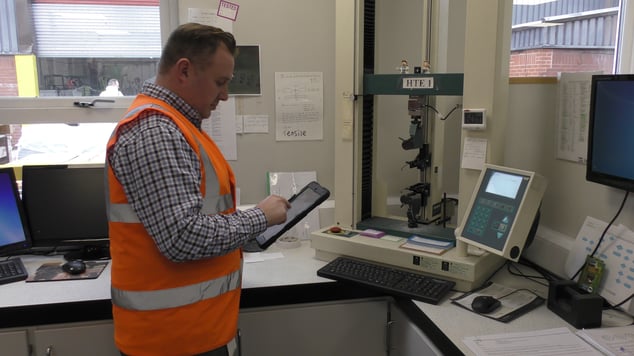
Mistake #6: Shortsightedness
Growth often causes companies to develop ad-hoc processes to get around the limitations of an unsuitable software tool.
This isn't a long-term solution - gradually, the burden of these ad-hoc processes will only increase.
Choosing EHS software is like picking a uniform for secondary school. You want something your business can grow into and use for the foreseeable.
How?
Look for a feature-rich tool which will enable you to integrate with future initiatives and systems. If your IT team has a development project in the works, consult with them about it and make sure your procurement takes those plans into account.
Don't spend valuable time implementing a system that works now, but which you know will need a radical overhaul for a fresh system a year down the line. The more proactive you can be, the greater the chance of your EHS software becoming a natural and integrated tool for your business.
Mistake #7: Making assumptions
If a vendor has given you a cost for your new EHS software and it's significantly cheaper than the competition, it doesn't always mean you're getting a bargain.
When this is the case, there are all too often hidden, unexpected costs which are slapped on throughout the implementation.
Unexpected costs compound.
Ensure you have a fully loaded cost for everything, such as:
- Hosting
- Data migration
- Configuration
- Training
- UAT site access
- Validation and maintenance
- Multilingual support
Rather than focusing solely on the initial cost, calculate the five-year total cost of ownership and your projected return on investment for a more useful picture of long-term value.
Mistake #8: Neglecting features
The main reasons businesses invest in EHS software are to:
- Build confidence in compliance
- Prevent regulatory fines and reputational damage
- Improve efficiency
- Create a culture of best-practice EHS management
However, if you're investing in a powerful software system, it's important to wring as much value from it as you possibly can.
It's common for software features to trigger a fresh idea or initiative, and present a new opportunity for business improvement that you'd never even thought of.
Your initial goals are crucial - they're the weather vane to measure the overall success of your implementation project. But don't let tunnel vision make you skip over features that aren't immediately helpful.
Properly built software should spark inventive and creative ways to drive world class environmental, health and safety management.
So take some time to explore the full breadth of your EHS software system, before and after purchase.
Before you go live, play with features on a UAT test site, and consider any other bottlenecks or limitations in your processes that could be solved.
Next steps
Looking to explore EHS software in greater detail?




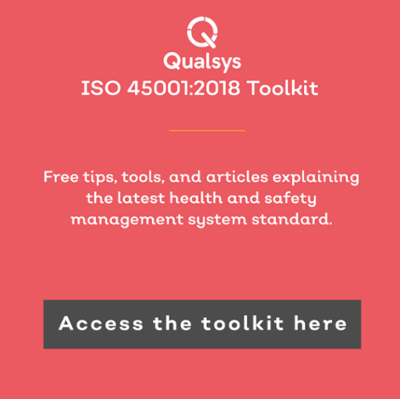
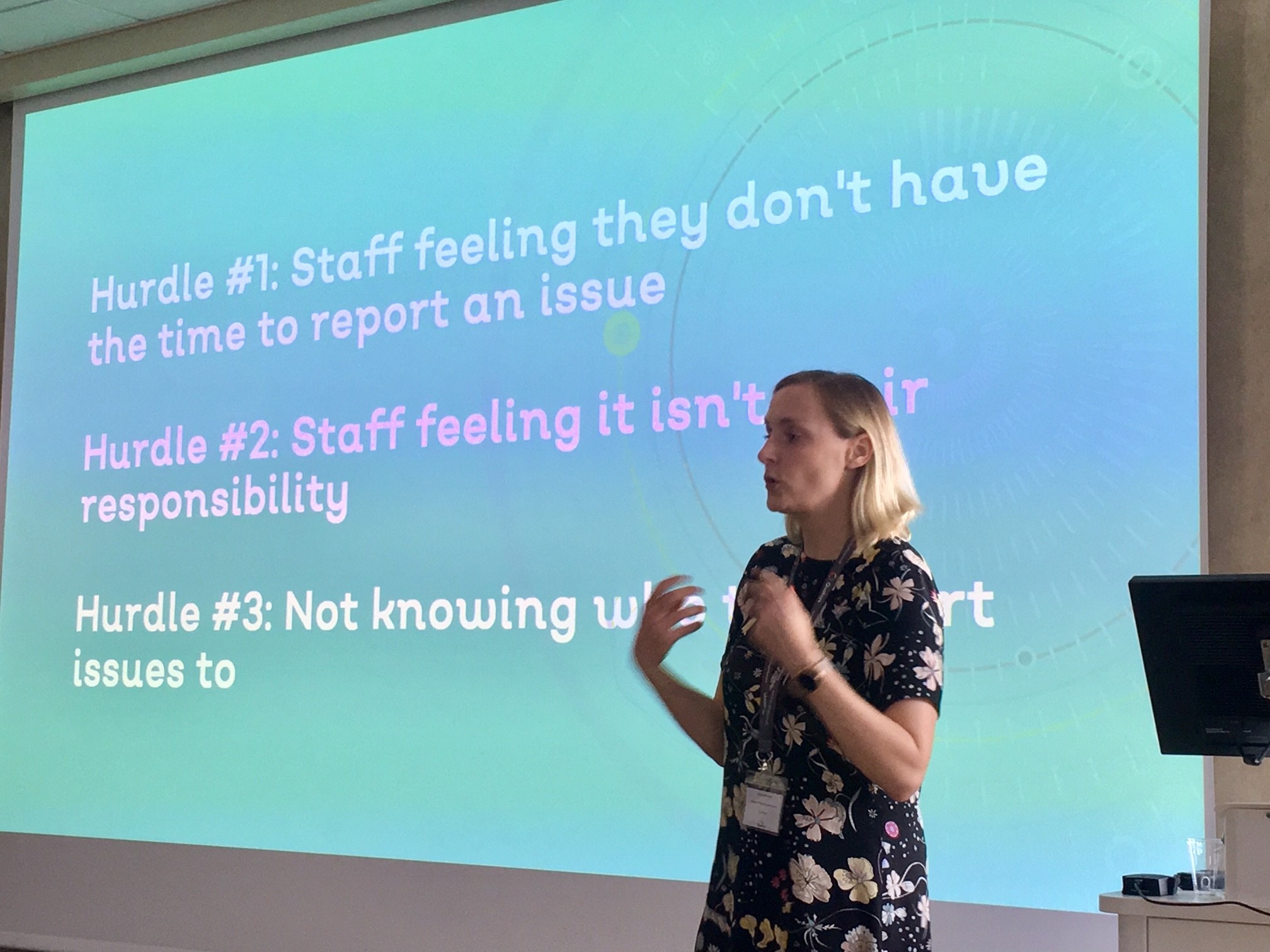

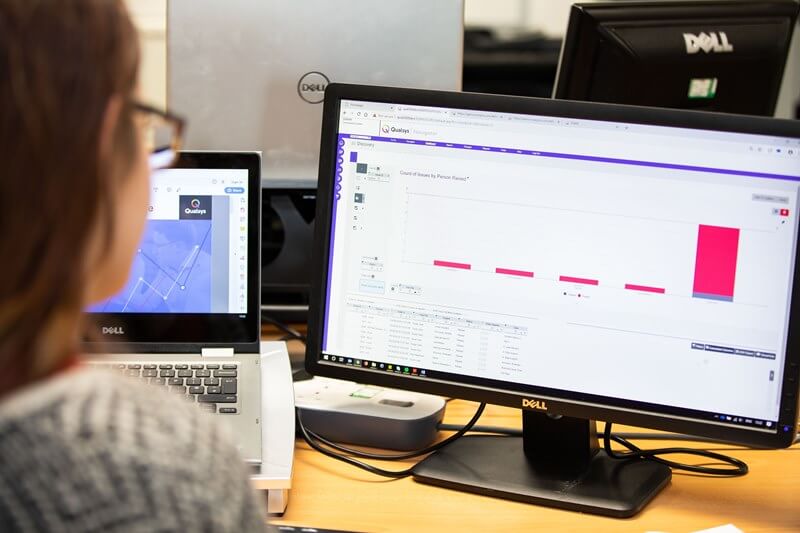
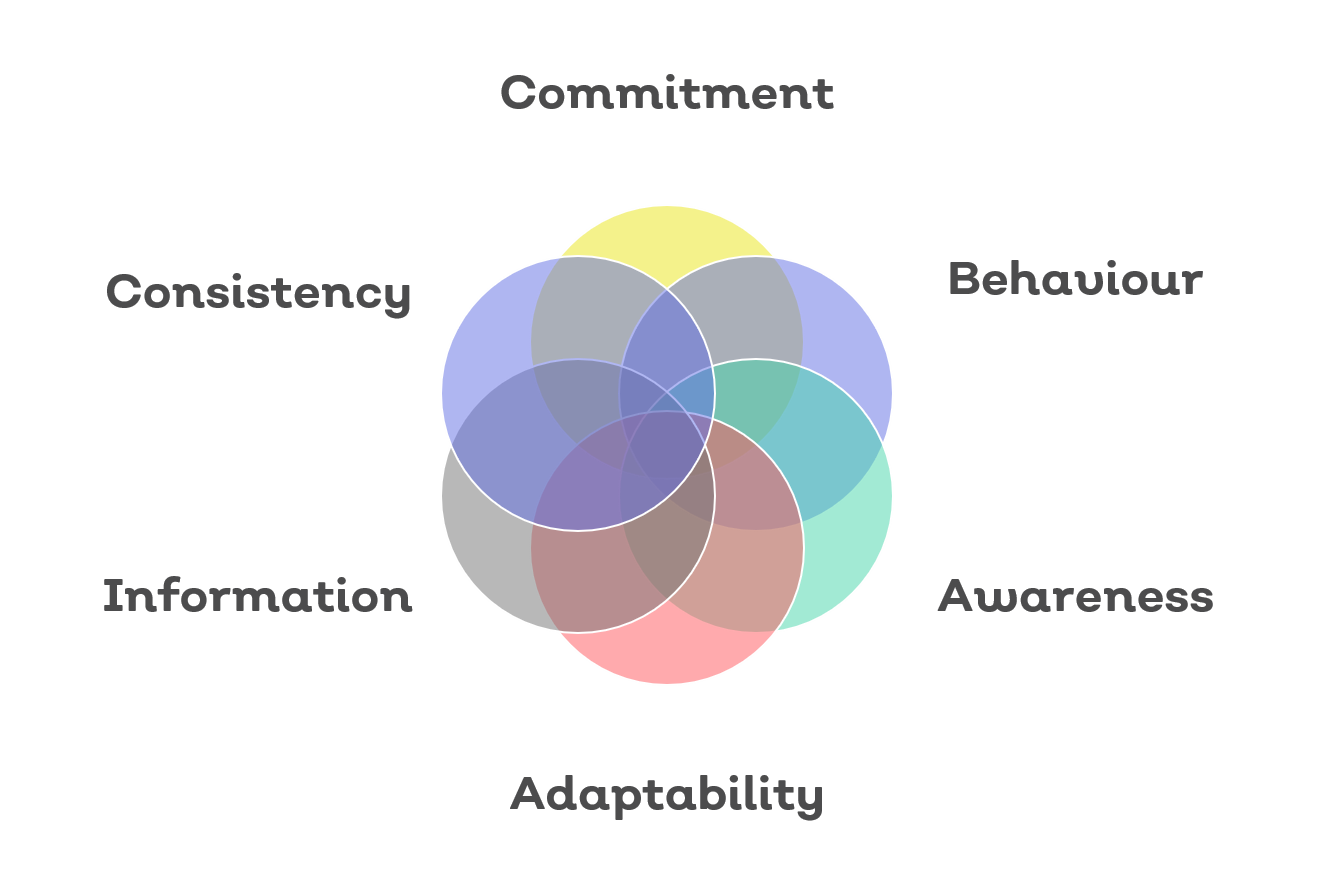
Share your thoughts on this article